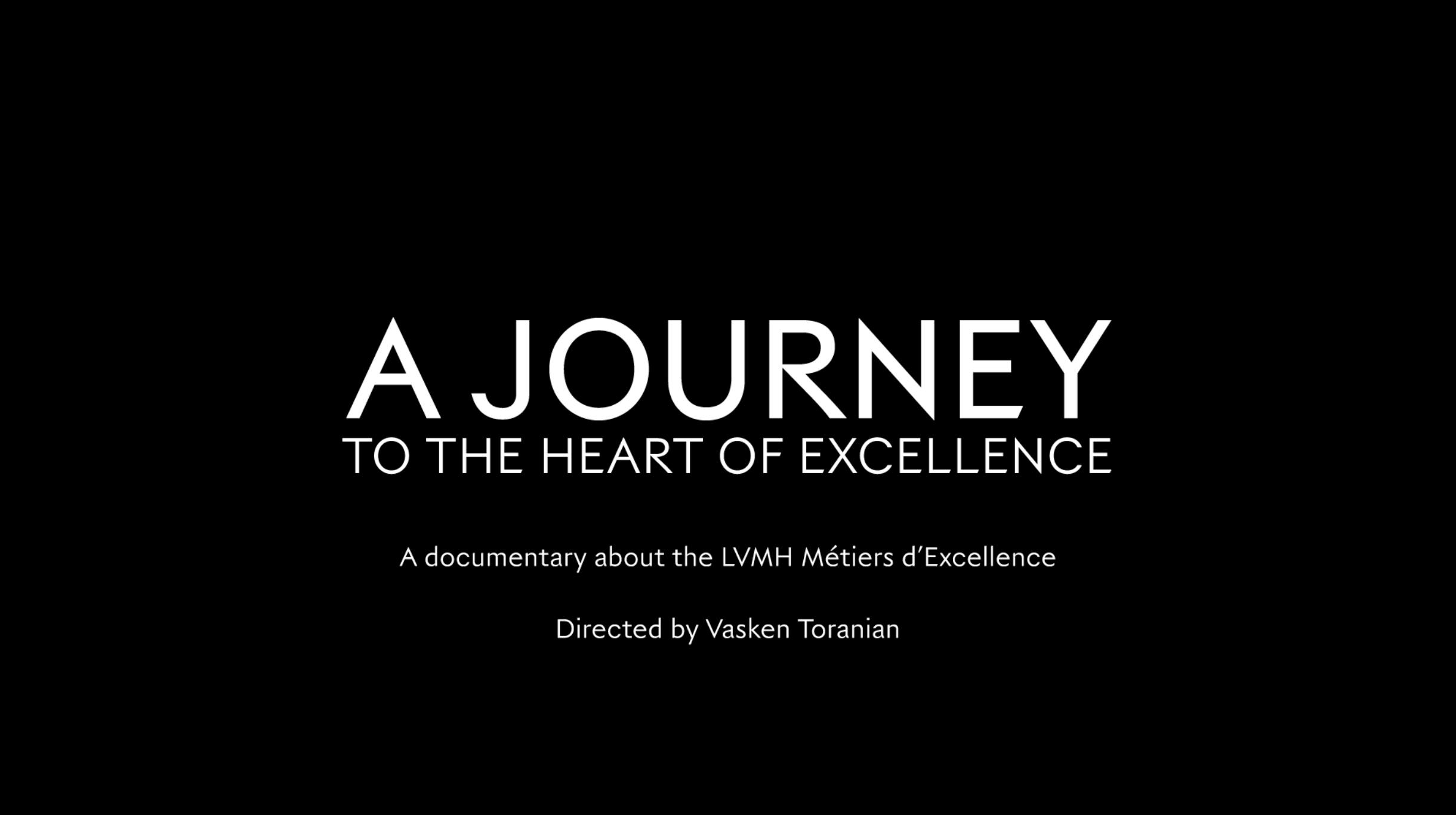LVMH highlights its initiatives in the Amazon and the progress of its LIFE 360 roadmap on the occasion of COP30
Published on 11.20.2025 • 2 MINUTES- LVMH

For COP30 in Belém and the 10th anniversary of the Paris Agreement, LVMH shares an overview of its environmental strategy LIFE 360, structured around four pillars: climate, biodiversity, circularity, and traceability.
In line with its roadmap, the Group continues to reduce emissions related to its energy consumption (Scopes 1 and 2), expand its use of renewable energy, and implement operational action plans to reduce Scope 3 emissions by 55% by 2030.
LVMH CLIMATE STRATEGY
For more than thirty years, LVMH has been building an environmental approach grounded in measurable objectives, clear governance, and long-term management. The Group relies on a network of Sustainability Development Directors and more than 150 environmental correspondents responsible for identifying and disseminating action plans and best practices across LVMH’s 75 Maisons. Active since the launch of the Group’s environmental strategy in 1992, this network has strengthened over time and has convened more than one hundred times, demonstrating the continuity and collective mobilization of all Maisons around these issues.
This dynamic translates very concretely into operations, especially in retail. Since 2016, the LIFE 360 in Stores Awards have recognized the Group’s most exemplary stores. Over ten years, energy consumption in stores has decreased by 27%, reaching an average of 334 kWh/m²/year in 2024, notably thanks to the widespread adoption of LED lighting and the shutdown of window displays outside opening hours. The Parfums Christian Dior K11 Art Mall store in Hong Kong, winner of the 2024 Best Store Award, recorded an exceptional consumption level of 165 kWh/m²/year and earned GOLD certification under the internal “LIFE in Architecture” standard. This momentum has been reinforced through collaboration with international real estate partners to accelerate the environmental transition of the Group’s global property portfolio.
LIFE 360 also supports the deep transformation of the Group’s supply chain. This includes the expanded use of sustainable aviation fuel (SAF) for air freight, the launch of the first wind-powered maritime shipping projects (Neoline, Grain de Sail), and the widespread rollout of electric vehicles for last-mile logistics in France, the United States, China, and Japan. For example, Moët Hennessy has already reduced transport-related CO₂ emissions by 37% since 2019 and aims for a 50% reduction by 2030.
These results are part of a long-standing and rigorously measured climate trajectory. LVMH adopted the Bilan Carbone methodology as early as 2002; in 2015, during COP21, the Group reached a major milestone with the creation of its internal Carbon Fund, requiring each Maison to invest a defined amount per ton of CO₂ emitted. This innovation accelerated the deployment of low-carbon technologies and renewable energy. Since its creation, the Carbon Fund has financed 866 energy-efficiency projects worldwide, scaling pilot initiatives into industrial-level deployments.
In 2021, LVMH reached another key milestone with the launch of LIFE 360 and the validation of its carbon trajectory by the Science Based Targets initiative (SBTi). Progress is tangible: the objective to reduce Scopes 1 and 2 emissions by 50% compared to 2019 was achieved in 2024, two years ahead of schedule. This result is driven by an accelerated energy transition, with the share of renewable energy increasing from 8.7% in 2015 to more than 71% in 2024, including 93% renewable electricity. For instance, Christian Dior Couture installed photovoltaic panels on the roof of its logistics site in Blois, producing 1.3 GWh of electricity annually and avoiding approximately 1,000 metric tons of CO₂ equivalent each year. Regarding Scope 3, the Group is progressing along its trajectory to reduce emissions per unit of value by 55% by 2030, having already achieved a 33% reduction in 2024 compared with 2019. This progress is supported by a clear and quantified understanding of the contribution of each lever (circular economy; regenerative agriculture; transportation; supplier engagement) to the reduction of Scope 3 emissions.
FOCUS ON THE AMAZON BASIN
Beyond reducing its operational footprint, LVMH is actively committed to protecting sensitive ecosystems. Belém, gateway to the Amazon, the lungs of the planet, is hosting COP30. Since 2019, the Group has deployed three major programs to combat deforestation and support local communities of the region across more than 3 million hectares:
1 - As part of the partnership with UNESCO’s MAB program, actions have been carried out since May 2019 in eight reserves across four countries (Brazil, Bolivia, Peru, Ecuador). More than 80 projects have benefited approximately 1,000 families, focusing on wildfire prevention, ecosystem restoration, development of non-deforesting activities, and enhancement of local know-how. LVMH has also contributed to the training and equipping of more than 200 people for wildfire response. By renewing this partnership in October 2025 for five years, LVMH becomes the Biodiversity Partner for all UNESCO programs. This new agreement, entitled “For the Beauty of the Living”, strengthens and expands the cooperation first initiated in 2019 around UNESCO’s Man and the Biosphere Programme. Now extending beyond the scope of this programme, the partnership aims to intensify joint actions by mobilizing all of UNESCO’s education, science and cultural programmes.
2 - The 2023–2025 program with the Fundação Amazonas Sustentável (FAS) targets three protected areas of the Rio Negro (north of Manaus). It has enabled the implementation of around fifty projects across nine communities, focused on biodiversity conservation, education, and skills development, including diploma-level training for women in sustainable tourism, as well as the structuring of sustainable supply chains.
3 - In Ecuador, the partnership with Reforest’Action (2022 to 2024) combines forest regeneration with cultural preservation of Indigenous communities. Nearly 167,000 trees have been planted, 935 hectares restored, and 91 forest species protected, benefiting 261 landowners. All of these actions illustrate the Group’s commitment to long-term engagement alongside leading partners.
LVMH highlights its initiatives in the Amazon and the progress of its LIFE 360 roadmap on the occasion of COP30


